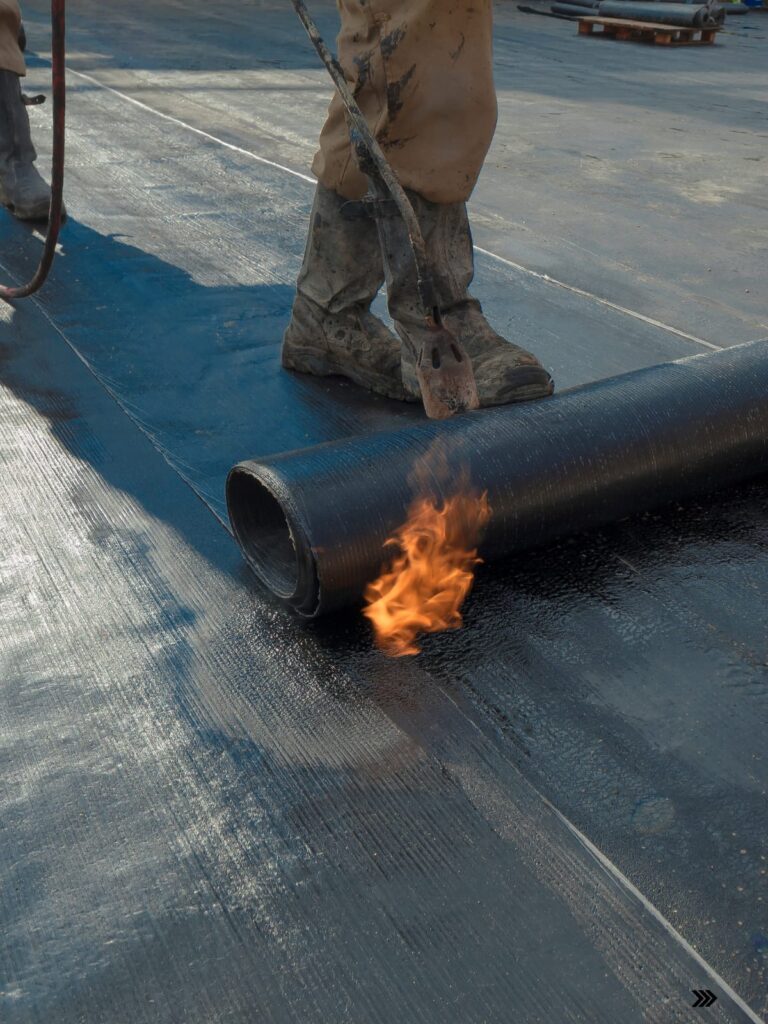Introduction: Waterproofing Is No Longer an Afterthought
For decades, waterproofing in Kenya was treated as a last-minute fix — a patch job after the damage was already done. But in 2025, that mindset is changing fast.
Climate change, rapid urbanization, and advances in building science are reshaping how we protect buildings from moisture and water infiltration. Whether it’s a Nairobi high-rise, an Eldoret factory, or a residential home in Kisumu, property owners now demand smarter, more sustainable, and long-lasting waterproofing solutions.
As one of Kenya’s leading experts in construction and waterproofing, Phemat Solutions Ltd is at the forefront of this transformation. Let’s explore the trends driving the future of waterproofing in Kenya and beyond.
The Problem: Old Methods Can’t Keep Up
Kenya faces unique waterproofing challenges:
-
Intense, unpredictable rainfall
-
Poor drainage systems in urban areas
-
Substandard construction practices in fast-growing estates
-
Rising damp and mold in older homes and schools
-
Costly damage from flat roofs and basements that leak repeatedly
In 2025, traditional solutions like cement plastering or tar-based sealants are no longer enough. That’s why industry innovators are embracing high-performance, tech-driven approaches that prevent water problems before they start.
The Professional Shift: How Waterproofing Is Evolving in 2025
At Phemat Solutions Ltd, we’ve updated our waterproofing approach to meet modern expectations:
-
Data-driven assessments using moisture meters and thermal imaging
-
Eco-conscious waterproofing products with low VOC emissions
-
Smart membranes that adapt to movement and temperature changes
-
Integration with green building certifications like EDGE and LEED
-
Longer warranties backed by product science, not guesswork
Here are the top trends we’re seeing in 2025 — and how we’re applying them across Kenya.
Top 5 Trends Shaping Waterproofing in 2025
1. Smart Waterproofing Materials
Waterproofing membranes in 2025 are no longer static. Products now include:
-
Self-healing polymers that reseal minor cracks automatically
-
Liquid-applied membranes with nanotechnology that repel water at a molecular level
-
Elastomeric coatings that expand and contract with temperature changes — perfect for Kenya’s hot days and cool nights
These materials reduce failure rates and last longer — up to 25 years with minimal maintenance.
👉 Example: Phemat now offers polyurethane membranes that outperform traditional bitumen by over 40%.
2. Sustainability & Green Certifications
Kenya’s construction sector is rapidly embracing eco-friendly standards — and waterproofing must follow suit.
Modern systems are:
-
Non-toxic and low-emission
-
Designed for recyclability
-
Compatible with rainwater harvesting systems
In Nairobi, more developers are asking for LEED- and EDGE-compliant materials, especially in commercial and mixed-use buildings.
👉 Phemat uses SikaTop Seal® and Dr. Fixit® systems that meet global green standards.
3. AI-Powered Leak Detection & Monitoring
In 2025, leak detection goes beyond the naked eye. We now use:
-
Infrared cameras to detect hidden damp spots
-
AI-powered sensors that send alerts when moisture levels rise in roofs, basements, or walls
-
Cloud-based monitoring for large properties and smart homes
This helps detect problems early, before water damage spreads — saving clients thousands in repair costs.
4. Pre-Construction Waterproofing Design
Builders are finally moving away from reactive solutions. Waterproofing is now part of the initial design phase, not an afterthought.
At Phemat, we work with architects and engineers to:
-
Specify waterproofing solutions in the architectural drawings
-
Plan slope and drainage systems before slab casting
-
Integrate DPC and moisture barriers during foundation work
👉 Recent case: In a new development in Karen, Phemat was brought in before ground-breaking to waterproof underground parking, balconies, and roofs — resulting in zero leaks 18 months later.
5. Localized Solutions for Kenyan Climates
Kenya’s regional differences demand tailored approaches:
-
Coastal areas (Mombasa, Malindi): Salt and humidity require anti-corrosion membranes
-
Rift Valley towns (Eldoret, Nakuru): Expanding clay soils demand foundation waterproofing and drainage
-
Nairobi suburbs (Kasarani, Ruiru): Flat roofs and apartment balconies need high-grade UV-stable membranes
In 2025, we no longer import global systems blindly — we adapt them to Kenyan climate and building practices.
Tools, Techniques & Expert Tip
Modern waterproofing involves smart tools and international-grade products:
-
FLIR infrared cameras for leak detection
-
Moisture probes with app-based readings
-
Eco-friendly waterproof coatings from Sika, Dr. Fixit, Mapei
-
Drones to inspect large or high roofs quickly
🔹 Expert Tip:
“In the face of climate change, every building in Africa must be resilient to water intrusion. Investing in modern waterproofing is investing in future livability.”
— UN-Habitat, Urban Resilience Programme – Nairobi, 2025
Why It Matters: Waterproofing Is Now a Long-Term Investment
In 2025, waterproofing isn’t just about stopping leaks — it’s about:
-
Protecting property value
-
Extending building lifespan
-
Reducing health risks from mold and damp
-
Meeting legal and environmental building codes
-
Saving money by preventing costly repairs later
Whether you’re building from scratch or renovating, waterproofing should be a core part of your building plan — not an emergency expense after disaster strikes.
Location Value: Where Waterproofing Trends Are Taking Root in Kenya
Kenya’s cities are rapidly adopting smarter waterproofing:
-
Nairobi: Smart commercial buildings in Westlands, Kilimani
-
Kisumu & Kakamega: Moisture-prone estates turning to basement tanking and wall damp-proofing
-
Eldoret & Nakuru: New estates using pre-applied DPC in slab design
-
Coastal regions: Resorts adopting salt-resistant waterproofing solutions
If you’re searching for “future waterproofing near me”, “smart leak solutions Kenya”, or “eco-friendly waterproofing Nairobi”, Phemat is already leading the way.
Conclusion & CTA: Waterproofing for the Future Starts Today
The future of waterproofing is here — and it’s built on smart design, sustainable materials, and data-driven solutions.
At Phemat Solutions Ltd, we help homeowners, developers, and institutions future-proof their buildings with cutting-edge waterproofing systems designed for Kenya’s unique conditions.
👉 Contact us today for a free site inspection, product consultation, or waterproofing design proposal. Let’s build Kenya’s future — leak-free, damage-free, and ready for the next generation.



